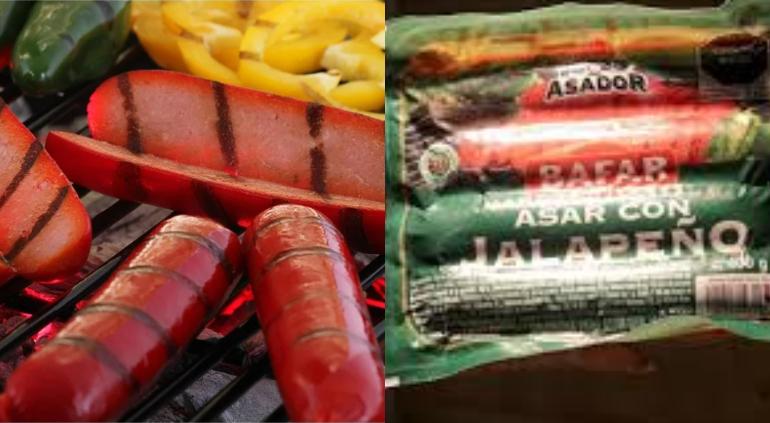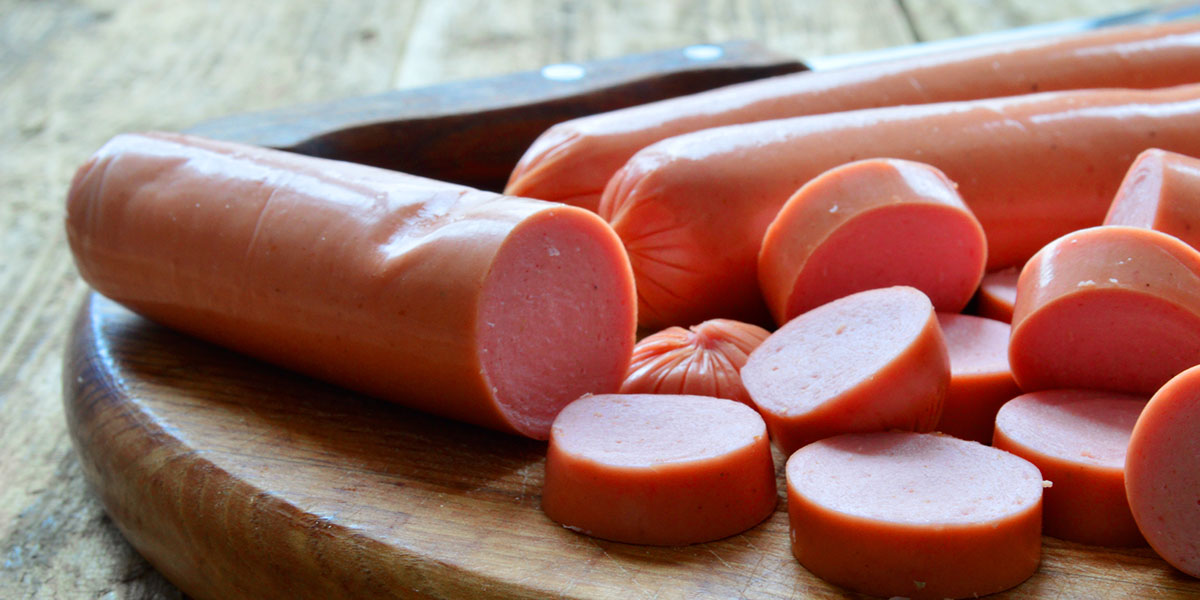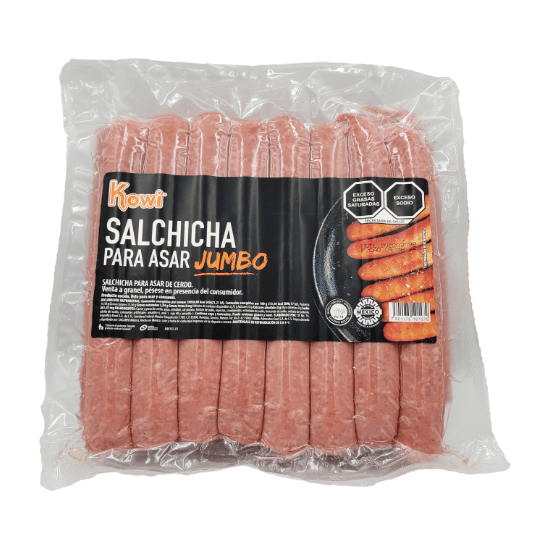Porque Las Salchichas Para Asar Tienen Plastico

The sizzling sound of sausages hitting the grill is a quintessential summer experience, but recent reports have cast a shadow over this simple pleasure. Consumers across Latin America and beyond are increasingly concerned about the presence of plastic particles in seemingly high-quality sausages intended for grilling, or salchichas para asar. This alarming discovery raises critical questions about food safety standards, manufacturing processes, and the potential health risks associated with consuming these contaminated products.
This article delves into the burgeoning controversy surrounding plastic contamination in grilling sausages, exploring the potential sources of this contamination, the regulatory landscape, and the implications for both consumers and the food industry. We will examine available data, expert opinions, and official statements to provide a comprehensive understanding of this worrying trend and what can be done to address it. The goal is to provide clarity and empower consumers to make informed choices while holding manufacturers accountable for the quality and safety of their products.
The Discovery and Public Reaction
Reports of plastic contamination in salchichas para asar initially surfaced through social media, with consumers sharing images and videos of what appeared to be small pieces of plastic embedded within the sausage meat. These anecdotal accounts quickly gained traction, sparking widespread concern and outrage.
The hashtag #SalchichasConPlastico (SausagesWithPlastic) became a trending topic, highlighting the scale of the problem and prompting calls for immediate action. Major consumer advocacy groups have since taken up the issue, demanding thorough investigations and stricter quality control measures.
Potential Sources of Contamination
Identifying the source of plastic contamination is crucial to resolving the problem and preventing future occurrences. Several potential sources are currently being investigated.
One theory focuses on the manufacturing process itself. Dr. Ana Ramirez, a food safety expert at the Universidad Nacional Autónoma de México (UNAM), suggests that plastic particles could originate from worn or damaged machinery used in grinding, mixing, and stuffing the sausage meat. Improper cleaning protocols could also contribute to the problem.
Packaging materials represent another potential source. Low-quality plastic films used to wrap the sausages might degrade during transportation or storage, leading to plastic fragments entering the product. Recycled plastic, if not properly processed, could also introduce contaminants.
A less likely, but still possible, scenario involves deliberate adulteration. While less frequent, economic incentives can sometimes drive unethical practices, leading manufacturers to add fillers, including plastic, to reduce production costs. This is something regulatory agencies are actively seeking to rule out.
Regulatory Oversight and Enforcement
The responsibility for ensuring food safety falls primarily on regulatory agencies, such as the Comisión Federal para la Protección contra Riesgos Sanitarios (COFEPRIS) in Mexico and similar organizations in other Latin American countries. These agencies are tasked with setting standards, conducting inspections, and enforcing regulations.
In response to the growing concerns, COFEPRIS has announced increased monitoring and testing of sausage products. They have also launched investigations into several manufacturing facilities suspected of producing contaminated sausages.
However, critics argue that existing regulations are insufficient and enforcement is often weak. The lack of transparency in the supply chain further complicates the issue, making it difficult to trace the source of contamination. Maria Elena Lopez, director of the consumer rights organization El Poder del Consumidor, emphasizes the need for stricter labeling requirements and increased funding for regulatory agencies.
Health Risks and Consumer Concerns
The potential health risks associated with consuming plastic particles are a significant concern. While the long-term effects of ingesting microplastics are still being studied, research suggests that they can cause inflammation, disrupt hormone function, and potentially carry harmful chemicals.
Consumer confidence in the safety of processed meats has been severely shaken. Many shoppers are now opting for alternative protein sources or choosing to make their own sausages at home to avoid the risk of contamination.
This shift in consumer behavior poses a challenge for the sausage industry. Manufacturers must prioritize quality control and transparency to regain the trust of their customers. Failing to do so could have lasting consequences for their businesses.
Moving Forward: Solutions and Prevention
Addressing the problem of plastic contamination in salchichas para asar requires a multi-faceted approach involving manufacturers, regulators, and consumers. Manufacturers must invest in upgraded equipment, implement rigorous cleaning protocols, and improve packaging materials.
Regulatory agencies need to strengthen food safety standards, increase inspections, and enforce regulations more effectively. Traceability systems should be improved to allow for rapid identification and recall of contaminated products.
Consumers can play a role by staying informed, reporting suspected contamination, and demanding greater transparency from manufacturers. By working together, stakeholders can ensure that grilling sausages remain a safe and enjoyable part of the culinary experience.


















